How To Tune-Up Your Sprinklers This Spring
As landscaping and irrigation professionals, our goal is to help you save time, water, and money when taking care of your Arizona yard. Seeing that we're right at the end of winter and beautiful spring temperatures are near, we thought it might be helpful to share some tips on how to tune-up your sprinkler systems this spring.
Reset Irrigation Controls
First, check your irrigation system controls. The timer, date and time, and settings often need to be reset specific to your landscape's watering requirements after not being in use.
If you don't already, plan to replace the back-up battery in the controller every six months and hang on to your watering schedules somewhere nearby, so you know when to make seasonal changes.
Check which zones are in use and which are not. Clean off the controls in case they have any dust or cobwebs to ensure proper functioning.
Check for Flow Obstructions
Inspect sprinkler spray heads for debris - rocks, dust, sand, grass, and leaves can block the water flow and need to be cleaned for proper use.
If the sprinkler flow becomes obstructed, you will see improper water distribution, meaning some areas getting more water than other disproportionately.
Any buried sprinkler heads should be unburied and cleaned off before starting spring irrigation.
Replace Broken or Worn Sprinkler Heads
Sprinklers and nozzles with cracks, chips, or excessive wear should be replaced to keep everything running smoothing. A cracked sprinkler head can leak and cost homeowners on water bills and also create a not as even and beautiful lawn or garden, so taking the time to fix any broken nozzles and sprinkler heads now will save money in the future.
Since breaks and cracks can happen quite often, it is essential to check and replace as necessary every few months.
Inspect Valves
Valves regulate the water distribution for your irrigation system. Conducting a visual inspection of values helps your irrigation system operate at its best. Not to mention, a leaky valve wastes water and drives up that water bill.
Before starting the water for your irrigation system, close all manual drain valves to avoid water waste. If you notice excessive moisture that has caused muddy or bare patches, you likely have a leaky valve.
Avoid Water Hammer
It's time to turn on the water! When first restoring water to the system, allow pipes to fill with water slowly, in a controlled manner. This prevents something called water hammer, or a powerful surge of water that often occurs after opening a valve that has not been in use.
Pressure surges can also be caused by broken or damaged valves or a pipe that burst. Get this checked out by an irrigation professional if you find such an issue.
Invest in a Water Pressure Gauge
Since it's hard to know how much water pressure is the right pressure, we suggest investing in a water pressure gauge. An irrigation system with too much water pressure can crack pipes, break valves, and have lots of inefficient leaks and water waste. A water pressure gauge is a device that most often connects to a hose faucet. A safe operation range is usually between 40 and 65 PSI to prevent damage to the sprinklers and irrigation system. Don't wait for the water to mist out of your sprinklers; this means the pressure needs to be reduced.
Now that we've gone through the majority of sprinkler system to-dos to ensure a wonderfully operating sprinkler and irrigation system this spring, all that is left to do is sit back, and enjoy.
If the whole irrigation upkeep and know-how are not in your thing, or you would like to find out more about having a monthly or quarterly maintenance service, please visit our membership page here.
Springs of Life Irrigation is a Phoenix-area irrigation company specializing in professional sprinkler and drip irrigation and landscape lighting installation and repair. Call 623-299-2996 today!

